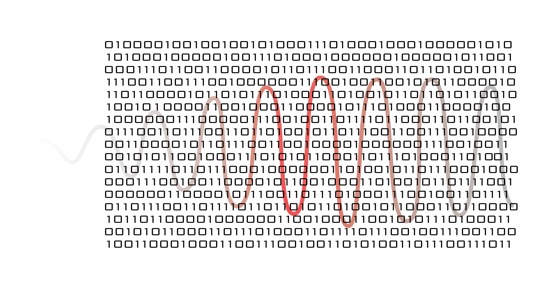
Physicists from the University of Wisconsin–Madison and Ohio State University have teamed up to take on a different type of challenge—big data. With funding from the National Science Foundation's BIGDATA initiative, they will explore ways to better analyze, sort, and transmit data from the Askaryan Radio Array at the South Pole in Antarctica and from the Hydrogen Structure Array in Xinjiang, China. The 3 year project, titled “Advancing real-time data processing and reduction in radio astronomical detectors,” uses graphics processing units, or GPUs, designed for computer games, to analyze and sort physics data.
The particular application for the "big data" is the reduction of radio frequency astronomical data either from 21cm cosmological observations, or from neutrino radio emission data. In both cases, the quantity of data being generated can swamp traditional online and offline triggering algorithms and hardware. The use of graphical processing units and structured parallel software can offer a route forward with this reduction.
